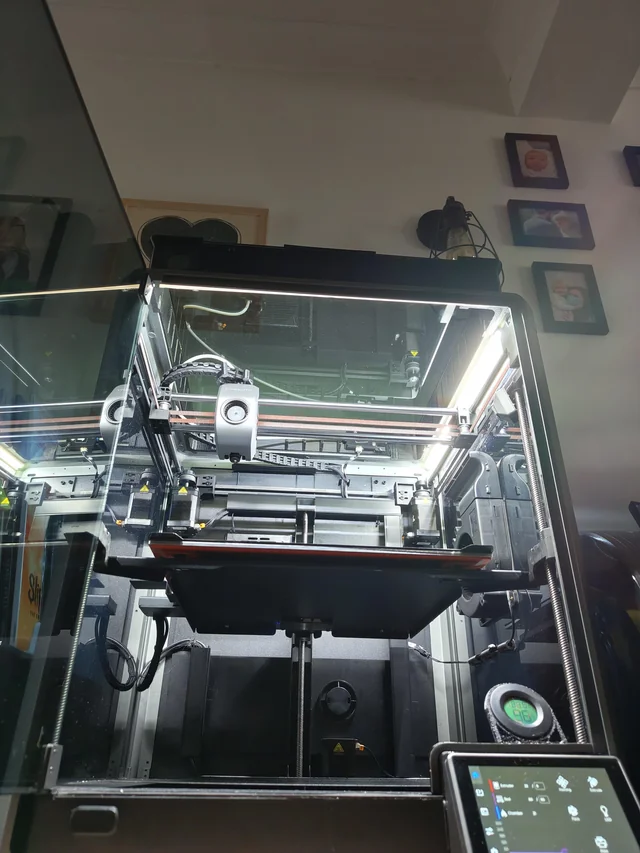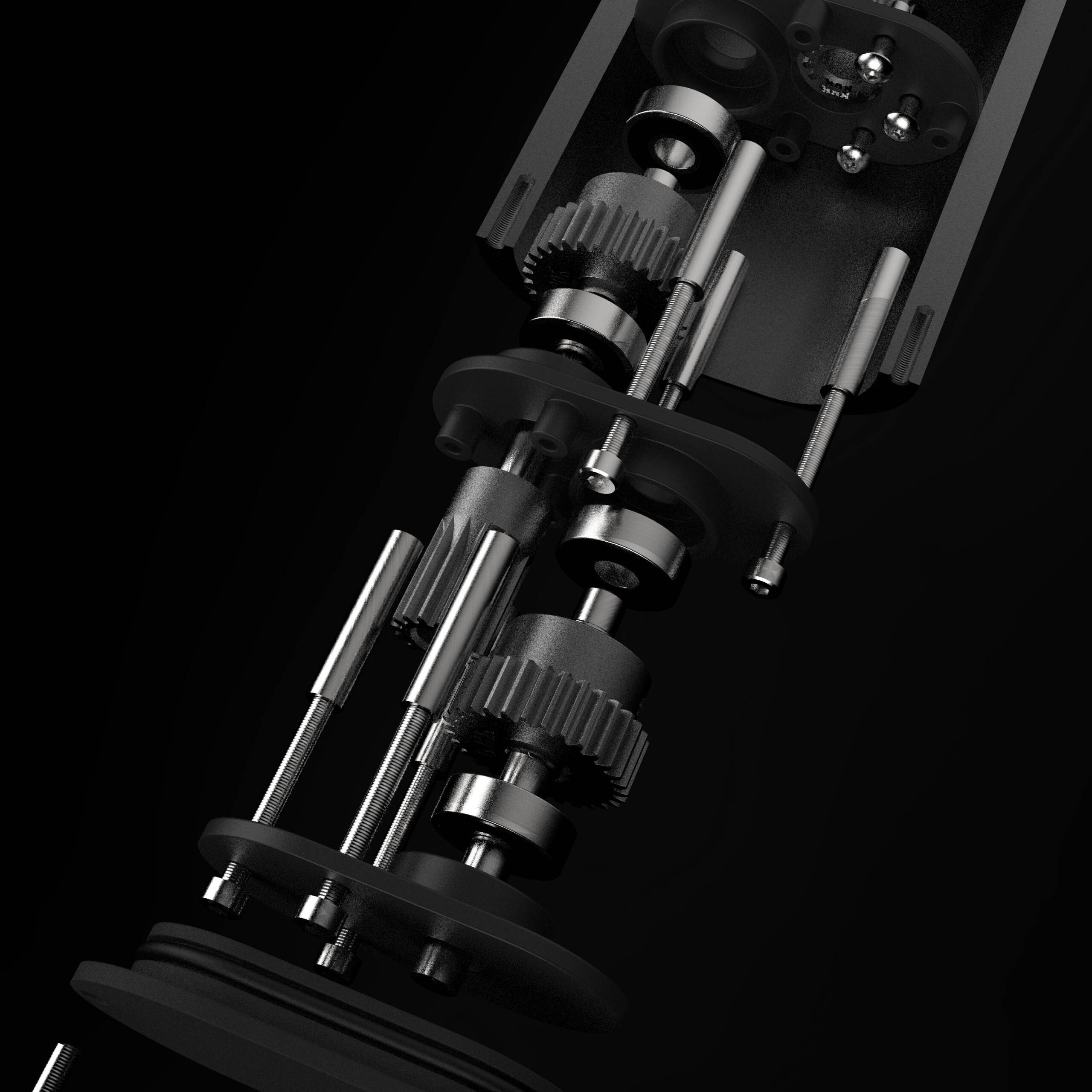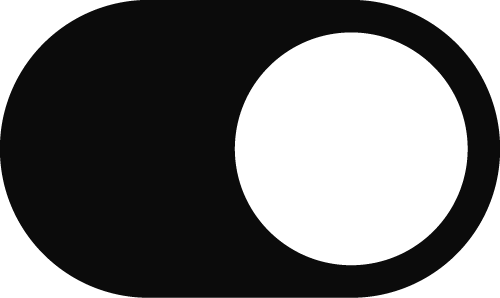As a freelance industrial designer in Auckland, I work across every stage of the product development process — from early sketches to production-ready outputs. That means I need tools that are fast, reliable, and flexible enough to suit the needs of startups, manufacturers, and product teams alike.
Here’s a breakdown of the tools I rely on to keep things moving efficiently and professionally — whether I’m in the studio or working remotely.

Hardware That Keeps Up
High-Performance Workstation
Purpose-built to handle complex CAD assemblies, rendering, and multitasking. It ensures smooth performance whether I’m detailing injection-molded parts or exporting large files for production.
Remote Access Workflow
Even when I’m away from the workshop, I can work seamlessly through a secure remote connection to my main workstation. Using a portable device, I log in and run all CAD and rendering software as if I were at my desk — no compromises on power or performance.
This setup allows me to stay responsive and productive, whether collaborating with clients remotely, travelling, or working on-site.
Large-Format DLP 3D Printer
One of the most recent additions to the studio is a large-format DLP (Digital Light Processing) printer. Unlike typical FDM printers, DLP technology offers much higher resolution, making it ideal for precision prototyping and fine-detail parts. The large build volume also allows me to print full-size enclosures or multiple parts in a single run — speeding up iteration and reducing handling errors.
Key benefits:
-
Exceptional resolution: Crisp, high-detail prints suitable for intricate features, tight tolerances, and smooth surfaces.
-
Engineering-grade resins: Compatible with high-performance materials for functional prototypes, including tough, heat-resistant, and flexible options.
-
Transparent prints: Ideal for testing optical components, light guides, or simply for aesthetics when seeing internal structure matters.
-
Efficient batch printing: The large build area allows for printing full assemblies or small production runs at once.
This tool has become a cornerstone for quickly validating complex assemblies and delivering presentation-quality prototypes that closely reflect final manufacturing quality.
FDM 3D Printer
A modern FDM 3D printer lets me go from screen to physical prototype in just a few hours — helping verify form, fit, and design intent quickly. Thanks to the latest extrusion tech, I get high-quality results even at faster print speeds, making it ideal for mockups, enclosures, and usability testing.
Laser Cutter
Used for creating packaging prototypes, flat pattern tests, or small-scale sheet-based concepts. A great tool for refining ideas without high material costs.
Triple-Backed-Up Storage
All project data is protected using the 3-2-1 backup method:
-
-
3 copies of all files
-
2 different media types (local + cloud)
-
1 off-site copy stored securely online
-
This ensures your IP is safe, from early sketches to final production packs.

Software Toolbox
SolidWorks – Precise, Production-Ready CAD
SolidWorks is my main tool for 3D CAD modeling and detailing. As an industry-standard platform, it ensures that parts and assemblies are production-ready and compatible with manufacturers in New Zealand and globally.
-
-
Parametric modeling for quick design changes
-
Assembly validation and fit-checking
-
Detailed part drawings and BOMs for suppliers
-
Custom configurations for design variants
-
Exports in STEP, IGES, DXF, STL and more
-
Whether designing a modular van drawer system or a wearable enclosure, SolidWorks keeps everything clean and precise.
KeyShot – Fast, High-Impact Rendering
KeyShot allows me to create photorealistic renders fast — ideal for product pitches, client approvals, or marketing assets.
-
-
Real-time rendering workflow
-
Photoreal output for lighting and material studies
-
CMF experimentation using built-in libraries
-
Renders that look like real products, early in the process
-
This helps clients visualise what we’re building, long before a prototype exists.
Adobe Creative Cloud – Communication That Matches the Product
I use Illustrator, Photoshop, and InDesign to build clean, brand-aligned visual assets that support the product.
-
-
Illustrator: for technical graphics, linework, and exploded views
-
Photoshop: for editing photos and visuals
-
InDesign: for building investor decks, instruction manuals, and visual documentation
-
These tools ensure each project is presented clearly and professionally — helping your product story land with the right audience.
Why it all matters
By combining professional-grade tools with hands-on experience, I can work fast without cutting corners — whether I’m mocking up ideas, refining designs, or preparing parts for production. My setup also makes it easy to plug into your team remotely, giving you the benefits of a full-stack design capability without needing someone on-site.
If you’re looking for an industrial designer in Auckland who brings the right tools, systems, and mindset to your product development journey, let’s chat.

